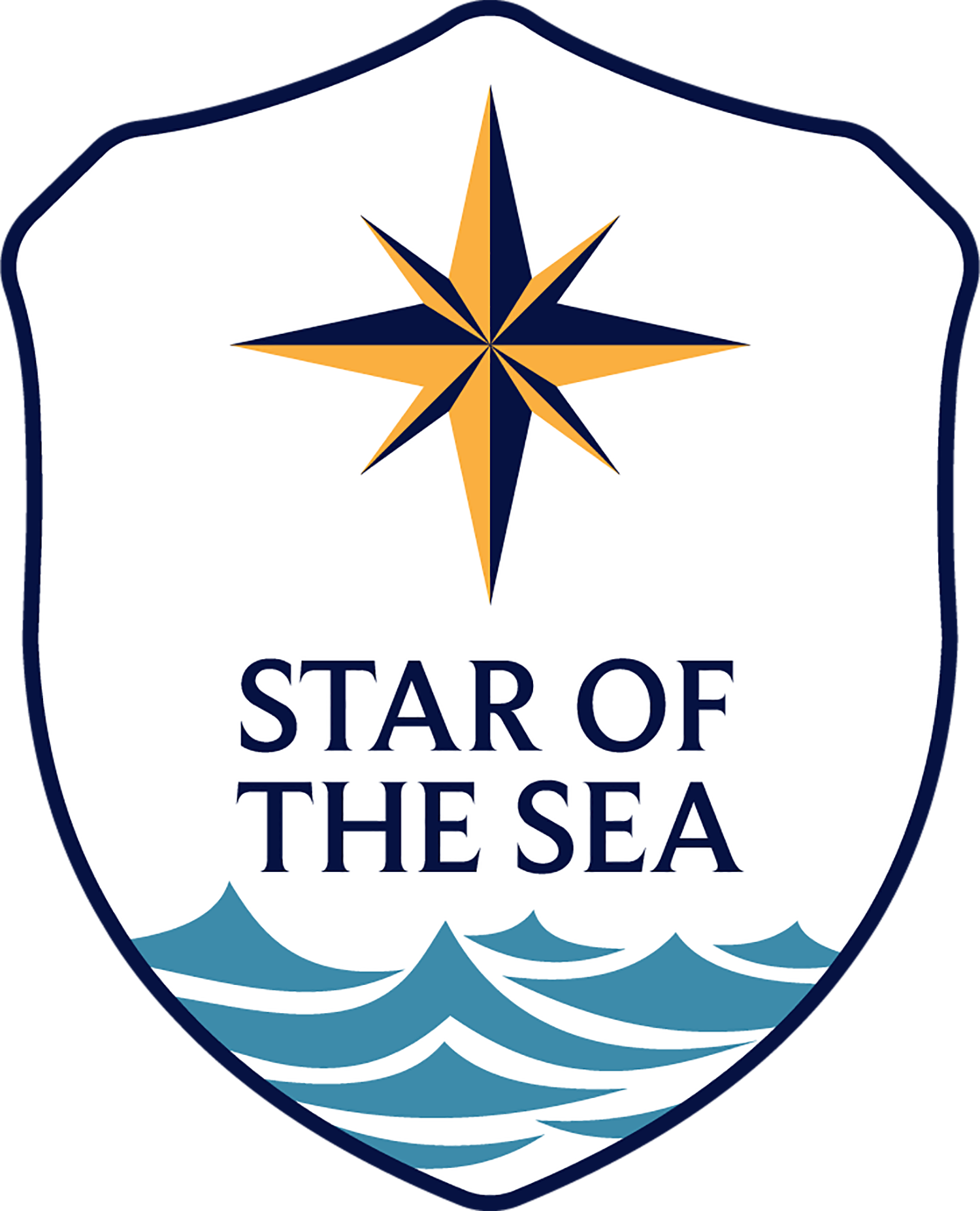Kindergarten Music Summary of Learning
Here is what Kindergarten students will be learning in Music this year:
In term 1, students are exposed to basic elements of rhythm, beat, dynamics, tempo,
and pitch. Through song, dance, kinetic movement, and free play, students will learn to
interpret and express basic elements of musicianship. They will explore how these
elements work together to create music, and practice using their voices and bodies to
respond to different musical cues. This hands-on approach helps children develop their
listening skills, coordination, and confidence in expressing themselves through music.
In term 2, students participate in the school Christmas concert by singing and learning
choreography as a class ensemble. They apply what they have learned over several
performances, building confidence and teamwork skills. The term also focuses on
refining their vocal techniques and stage presence, allowing students to showcase their
progress in a real-world setting. Additionally, unit topics from term 1 are revisited with
increased sophistication, encouraging deeper understanding and more complex
application of concepts such as rhythm, melody, and performance etiquette. This term
provides an opportunity for students to build on their foundational knowledge and grow
as performers.
In term 3, students learn to identify basic rhythm symbols and explored various pitched
and non-pitched percussion instruments including drums, bells, blocks, triangles, sticks,
and boomwhackers. Through song, dance, kinetic movement, and free play, students
demonstrate their understanding of dynamics, tempo, and pitch differentiation. They
engage in activities that helped them distinguish between different sounds, rhythms,
and musical elements, laying the foundation for musical literacy. Students identify and
create simple rhythmic patterns, as well as recognizing how music can express different
moods and emotions.
